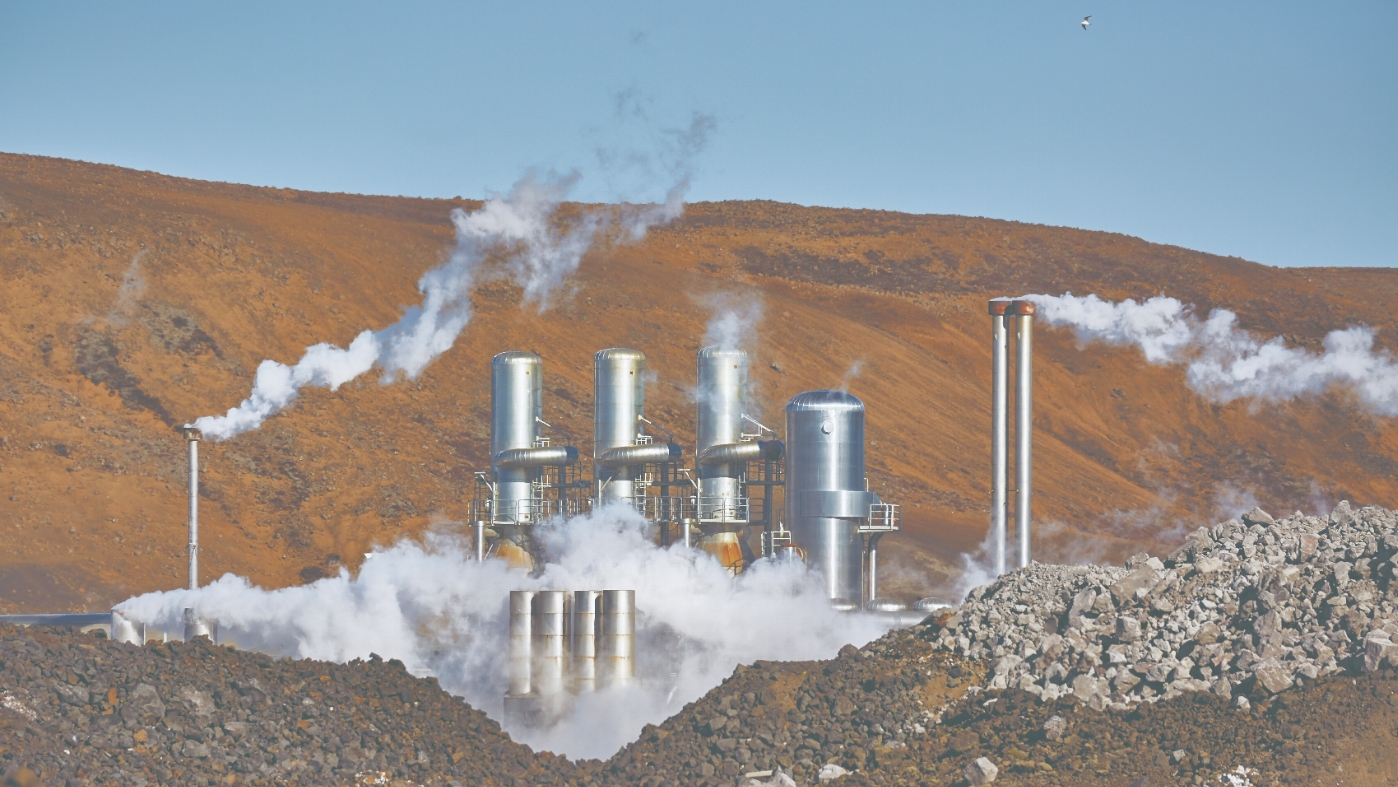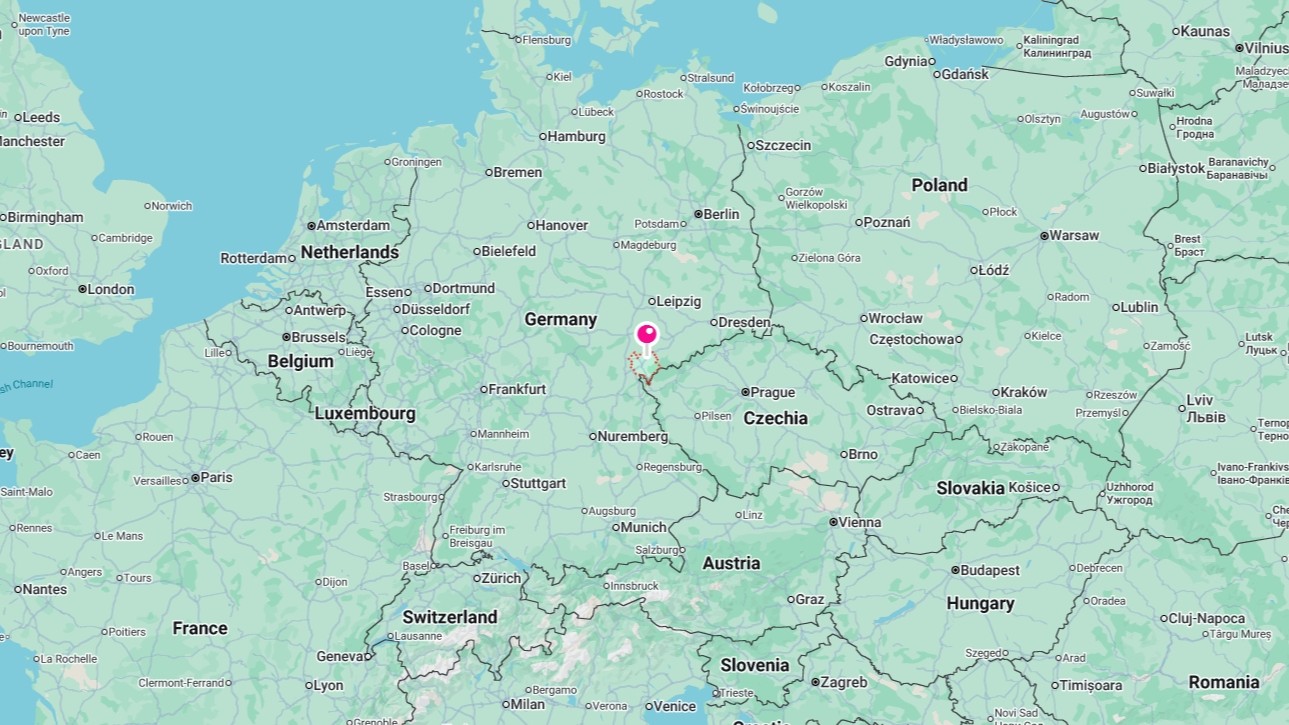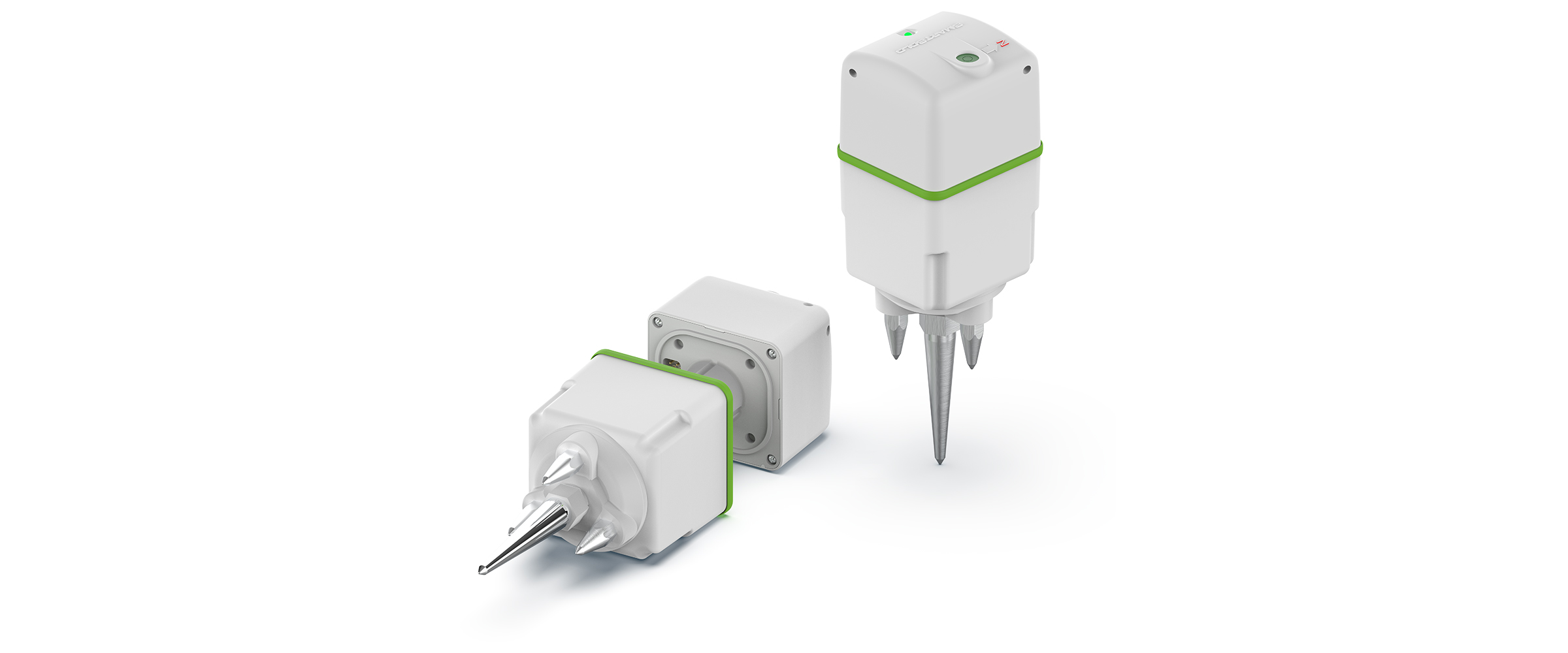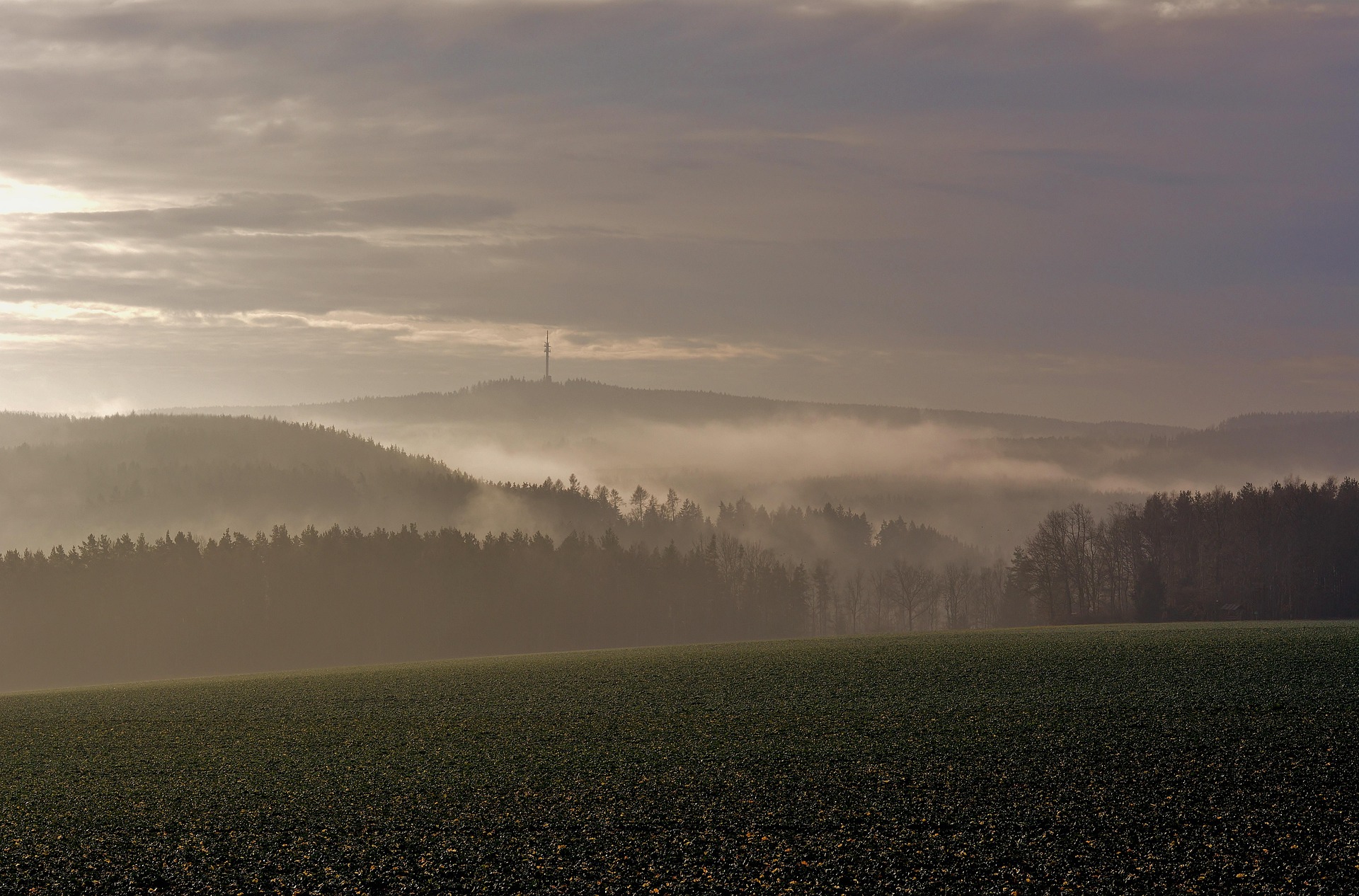Tapping into the Earth’s Sustainable Heat
The global push towards renewable energy sources is stronger than ever. Among the promising alternatives, geothermal energy stands out. It offers a consistent and clean power source hidden beneath our feet. However, finding and harnessing this energy efficiently is challenging. Traditional exploration methods can be costly, logistically complex, and sometimes lack the precision required for optimal results.
This is why innovation in geophysical exploration becomes critical. SmartSolo is at the forefront, providing advanced seismic technology that transforms the way to explore geothermal potential. Our cutting-edge seismic nodes offer powerful, efficient and accurate solutions. A prime example of this technology in action is the Ostvogtland Wärme project in Saxony, Germany. This initiative showcases how modern seismic tools help unlock sustainable heating solutions for communities. SmartSolo technology plays a vital role in making such ambitious projects feasible and successful.

The Ostvogtland Wärme Project: A Vision for Sustainable Heating
Located in the Vogtland district of Saxony, Germany, the Ostvogtland Wärme project is a significant initiative. Its goal is to utilize deep geothermal energy for regional heating. This project perfectly aligns with Germany’s commitment to transition to renewable heating systems. It aims to reduce the reliance on fossil fuels, contributing to a clean energy future.

The project is backed by the experienced French geothermal firms, TLS Geothermics and Kalyosphere. Their expertise, combined with advanced exploration techniques, drives the project forward. The exploration phase recently commenced, involving specific geological surveys. These surveys assess underground conditions to determine the feasibility of extracting geothermal heat. Then, the experts evaluate the thermal and structural properties of the subsurface. This data is crucial for planning the next steps, including potential drilling and infrastructure development. If successful, the Ostvogtland geothermal plant would satisfy a substantial portion of the region’s heating needs. This supports both residential and industrial consumers with clean, reliable energy. Local authorities, like the Mayor of Auerbach, strongly support the project. They recognize its potential to provide long-term energy security for the region.

© Ostvogtland Wärme
Overcoming Exploration Challenges with Advanced Geophysical Techniques
Traditional seismic exploration methods often face significant hurdles, especially in a geothermal context. Using cabled geophones and active sources like vibroseis trucks or explosives requires high operational costs. These methods can also cause environmental disturbances. Deploying and maintaining huge cable networks is labor-intensive and expensive. Furthermore, complex terrains such as mountains, forests, or urban areas can severely limit the deployment of cabled systems. This restricts the scope and effectiveness of geophysical exploration surveys.
Data quality is another concern with older systems. Cabled setups are prone to noise interference. This can compromise the clarity of subsurface images, particularly when using subtle signals like ambient seismic noise for exploration. Modern geothermal projects, like Ostvogtland Wärme, require high-resolution data over large areas. They also need methods that minimize environmental impact. This necessitates a shift towards more flexible, sensitive, and efficient technologies. Nodal seismic systems, like those from SmartSolo, directly address these challenges. They represent a new era in acquiring crucial subsurface information.
SmartSolo Technology: Powering the Ostvogtland Exploration
SmartSolo is proud to be contributing its leading seismic technology to the Ostvogtland Wärme project. The unique requirements of this large-scale geothermal exploration demand tools that are both highly sensitive and operationally efficient. Our systems are precisely designed for such demanding applications.
Introducing the IGU-16HR 3C Node
For the Ostvogtland project, the SmartSolo IGU-16HR 3C seismic node is an ideal instrument. This specific model, mentioned by ThinkGeoEnergy in relation to the project, offers high-precision, 3-component seismic data acquisition. Key features make it exceptionally suitable for geothermal surveys:
- High Resolution: Captures detailed subsurface information crucial for identifying geothermal reservoirs.
- 3-Component Data: Records ground motion in three dimensions (vertical and two horizontal). This provides a much richer understanding of subsurface structures and seismic waves propagation.
- Wireless and Nodal Design: Eliminates the need for cumbersome cables. Each unit operates autonomously, simplifying deployment and retrieval.
- Compact and Lightweight: Easy to transport and deploy by small teams, even in challenging terrain. This significantly reduces logistical complexity and cost.
- High Sensitivity: Capable of recording very subtle ground motions, essential for passive seismic techniques.

Why SmartSolo for Geothermal?
There are numerous advantages to using SmartSolo technology in geothermal exploration are numerous. These benefits perfectly align with the needs of the Ostvogtland Wärme project:
- Rapid Deployment: Wireless nodes can be deployed much faster than cabled systems. This accelerates the seismic survey process, as seen in a previous geothermal project in Belgium where 2100 channels were deployed efficiently by a small team.
- Cost-Effectiveness: Reduced crew size, faster operations, and lower equipment maintenance needs lead to significant cost savings compared to traditional methods.
- All-Terrain Adaptability: Nodal systems can be placed almost anywhere. This allows for optimal survey designs regardless of surface obstacles like buildings, infrastructure, or natural features. This is vital for the extensive 850 sq km Ostvogtland exploration area.
- Superior Data Quality: Individual nodes minimize the electrical noise often associated with long cables. They provide clean, high-fidelity data essential for accurate subsurface imaging.
- Environmental Sensitivity: The lightweight nature of the nodes and the absence of heavy vehicles (like vibroseis trucks, if using passive methods) minimize environmental impacts.
Enabling “Silent Measurements”
The Ostvogtland project utilizes non-intrusive “silent measurements”. These assess natural ground vibrations and ambient seismic waves. SmartSolo IGU-16HR 3C nodes excel in this type of passive seismic survey. Their high sensitivity allows them to capture the faint seismic signals generated by natural earth movement or distant anthropogenic sources. Analyzing this ambient noise field provides valuable information about subsurface velocity structures. This helps identify potential geothermal anomalies without artificial seismic sources. This passive approach is environmentally friendly and avoids disruption to local communities. It perfectly aligns with the project’s commitment to high environmental and safety standards. The ability of SmartSolo nodes to operate autonomously for extended periods (weeks or months) is also ideal for passive monitoring campaigns.

Advantages of SmartSolo in Large-Scale Surveys
Geothermal exploration often requires surveying large areas to identify the most promising locations. The Ostvogtland project, covering nearly 850 square kilometers with around 250 measurement points, exemplifies this need. It is crucial to efficiently deploy and manage such extensive seismic survey campaigns.
SmartSolo technology is built for large-N (large number of nodes) surveys. Our systems streamline the entire workflow:
- Scalability: Easily scale deployments from hundreds to tens of thousands of nodes. SmartSolo’s clients have great experience utilizing the scalability of our equipment. Lately, we have fulfilled an order of 4,500 IGU-16HR 3C nodes, which will be used for a large scale project initially, but will then be utilized for future projects, big and small, over the next 5 years.
- Simplified Logistics: The compact, all-in-one design of the nodes simplifies transport, storage, and handling.
- Efficient Data Retrieval: Data is stored internally in each node. Retrieval is straightforward using dedicated harvesting tools, ensuring data integrity and speed.
- Robustness: SmartSolo nodes are designed to withstand harsh environmental conditions, ensuring reliable operation throughout the survey period.
The ability to deploy a dense grid of high-quality geophones like the IGU-16HR 3C allows for high-resolution 3D imaging of the subsurface. This detailed understanding is vital for characterizing geothermal reservoirs accurately. It helps optimize drilling locations and reduces exploration risks. The efficiency offered by the SmartSolo system makes such comprehensive surveys economically viable.

Significant Opportunities for Geothermal Exploration Worldwide
The successful application of advanced seismic technologies, like those from SmartSolo, in projects such as Ostvogtland Wärme presents exciting opportunities for innovation and advancement. It demonstrates that modern geophysical exploration techniques can overcome many traditional barriers. This makes geothermal exploration more accessible, efficient, and accurate.
Key takeaways include:
- Enhanced Imaging: High-density nodal surveys provide unprecedented details about subsurface structures, crucial for identifying hidden geothermal resources.
- Reduced Risk: Better subsurface understanding before drilling significantly reduces the financial risks associated with geothermal development.
- Environmental Responsibility: Passive seismic methods enabled by sensitive nodes minimize environmental impacts during exploration.
- Accelerated Development: Faster and more cost-effective exploration helps accelerate the development of geothermal energy projects globally.
SmartSolo technology is playing an increasingly vital role in this energy transition. Our seismic nodes are used in diverse geothermal projects worldwide, from private and government-funded exploration to university and research initiatives. By providing reliable, high-quality data, we empower geoscientists and energy companies to make informed decisions. This helps unlock the vast potential of geothermal energy as a sustainable power source for the future. The integration of technologies like Artificial Intelligence (AI) with large-N data acquired using SmartSolo nodes further promises to enhance processing and interpretation, setting new standards in resource exploration and hazard assessment.
Illuminating the Path to Clean Energy
The Ostvogtland Wärme project in Saxony is a testament to the power of collaboration and innovation in pursuing sustainable energy solutions. SmartSolo is honored that its advanced seismic technology, particularly the IGU-16HR 3C nodes, contributes to this pioneering geothermal exploration effort. By enabling efficient, high-resolution, and environmentally sensitive seismic surveys, our tools help projects like Ostvogtland overcome traditional exploration challenges.
The wireless, nodal design, high sensitivity, and operational efficiency of SmartSolo instruments make them ideal for mapping complex subsurface structures associated with geothermal resources. Whether through active source methods or passive “silent measurements”, the data quality delivered supports confident decision-making. As the world increasingly turns to clean energy, SmartSolo remains committed to providing the geophysical exploration community with the best possible tools. We help illuminate the subsurface and pave the way for a sustainable energy future, one seismic survey at a time.
